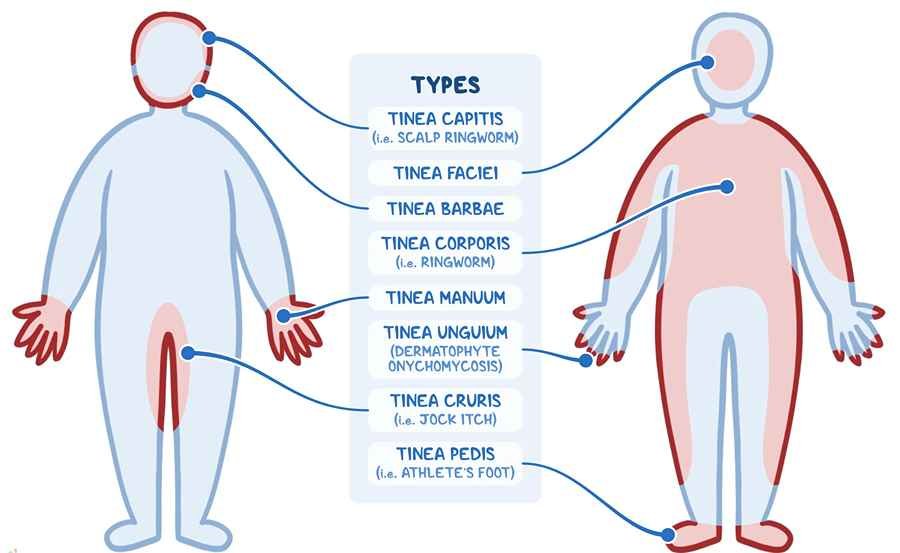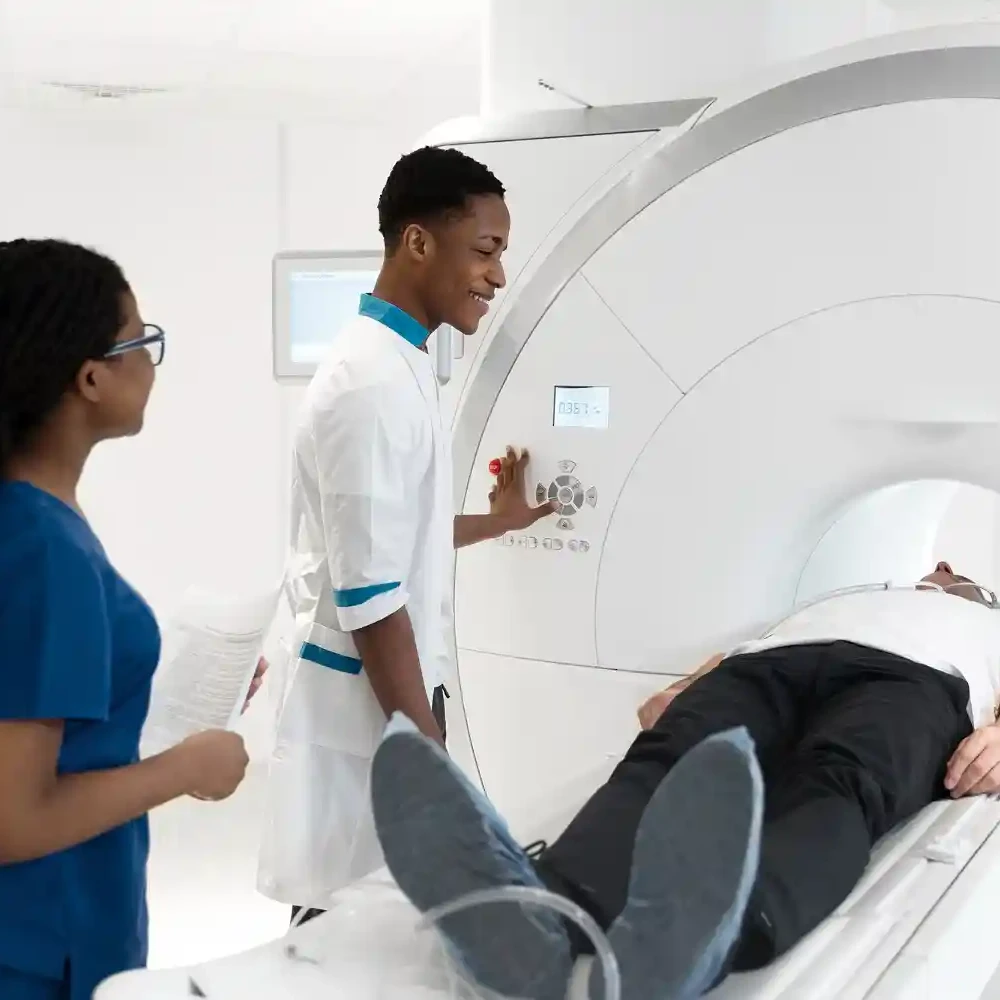Fungal culture is a technique used to determine whether fungi are present in a region of the body.
Infections caused by fungi are diagnosed by fungal culture.
Fungi are microorganisms found everywhere in nature; they live in and on our bodies, in the air, soil, and plants.
Over a million different kinds of fungi are present, with the majority being harmless, and about 20–25 species of fungi cause infections.
Fungal infections range from superficial/cutaneous (affecting the body surface) to systemic infections (affecting the body).
Fungal infection

Fungal infections are broadly divided into superficial and systemic types based on the location of the infection.
1. Superficial fungal infection
Superficial fungal infections are those that are limited to the very superficial surfaces of the body.
They can affect the skin, hair, genital area, and nails.
Superficial infections include athlete’s foot, vaginal yeast infections, jock itch, oral thrush, dandruff, and white and black piedra.
Even though they are non-destructive and of cosmetic importance, superficial fungal infections cause discomfort.
2. Systemic fungal infection
The systemic fungal infection affects your blood, lungs, and other systems in your body.
These infections can be quite serious.
Most systemic fungal infections are rare and caused by fungi in people with weakened immune systems.
Examples of systemic fungal infections are candidiasis, cryptococcosis, and aspergillosis.
Fungal culture can be used to diagnose superficial and systemic fungal infections.
Reasons why your doctor might request a fungal culture
Whenever a healthcare practitioner clinically suspects that you have a fungal infection, a fungal culture will be conducted on the suspected area.
Clinical signs and symptoms of infection-causing microorganisms are undistinguishable and not specific to a particular infection.
Some symptoms of a fungal infection mimic those of bacterial or viral infections.
Medication used to treat bacterial or viral infections will not work for fungal infections.
A fungal culture is ordered by your medical doctor to detect and confirm specific fungi infections for effective antifungal therapy.
It is also used after antifungal treatment to monitor its effectiveness.
Superficial fungal infection symptoms
- Rashes (reddish)
- Itching
- Broken hairs
- Ring-like patches of the skin
- Thickened, discolored nails
- Hard or brittle nails
- Irritation or itching in the vagina. (vaginal yeast infection)
- Thrush (white patches inside the mouth, symptoms of a mouth fungal infection)
- Etc.
Systemic fungal infection symptoms
- Headaches
- Fast heartbeat
- Fever
- Nausea
- Chills
- Muscle aches
- Etc.
How is a fungal culture test done?
During a fungal culture test, a healthcare practitioner collects samples from the area of the body where the infection is present.
For example, a swab is used to collect the fungal agent in the area where the infection is present.
Other samples that are collected during the test depend on the area of the body affected.
The specimen is then sent to the laboratory for analysis.
Fungal culture tests can be used to detect the presence of infectious fungal agents in various areas of the body where fungi are likely to be found.
Samples are collected depending on the location of the infection.
- Blood-Blood samples
- Skin-Scrapping
- Mucosal Surface-Swab
- Nail-clippings
Possible results of the test
Fungi are slow-growing microbes; while some fungi grow within a day or two, others can take a few weeks, depending on the type of infection you have.
It can also take a few weeks for the findings of your fungal culture to be collected.
If the result of your laboratory analysis is positive, it means that your sample contains fungi, which possibly means you have a fungal infection.
If the findings are negative from the culture, it means that there are no fungi present.
A doctor may order a test to determine the type of fungus present in your outcome, as this information will assist your doctor in determining the most appropriate course of treatment.
Such tests are called “sensitivity” or “susceptibility” tests.
Speak to your healthcare practitioner if you have concerns about your results.
Test specificity and sensitivity
A fungal culture is considered the gold standard in the diagnosis of fungal infection.
A fungal culture is adequate for the recovery and identification of fungi responsible for causing fungal infection.
However, its specificity and sensitivity are subject to appropriate procedures and professional experience.
Conclusion
Doctors order a fungal culture Whenever there is a clinical suspicion of fungal infection, fungal culture lets the doctor determine whether a certain part of the body contains fungi and, if so, what kind they are.
Not all of the fungi found in your body are of the dangerous type that induces infection.
The fungal culture will assist your doctor in deciding the right course of action for you if you have fungal infections.
Adesoji Adewale Joshua
Adesoji Adewale Joshua is a writer.



